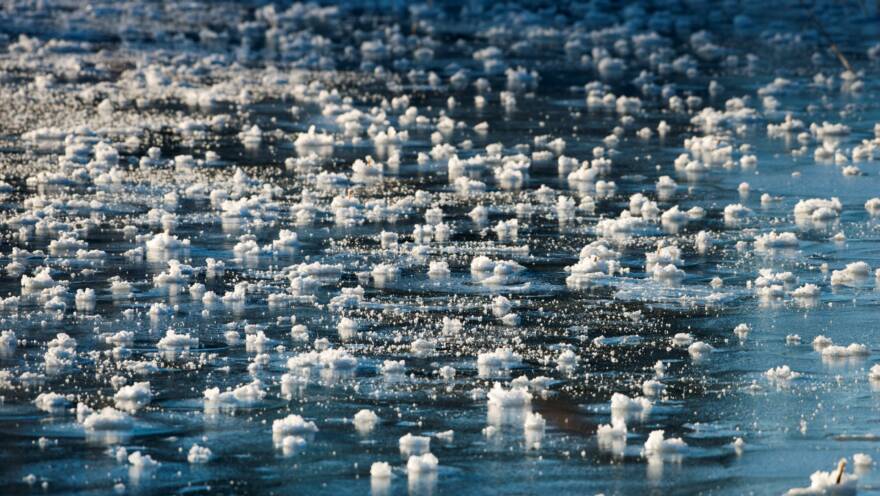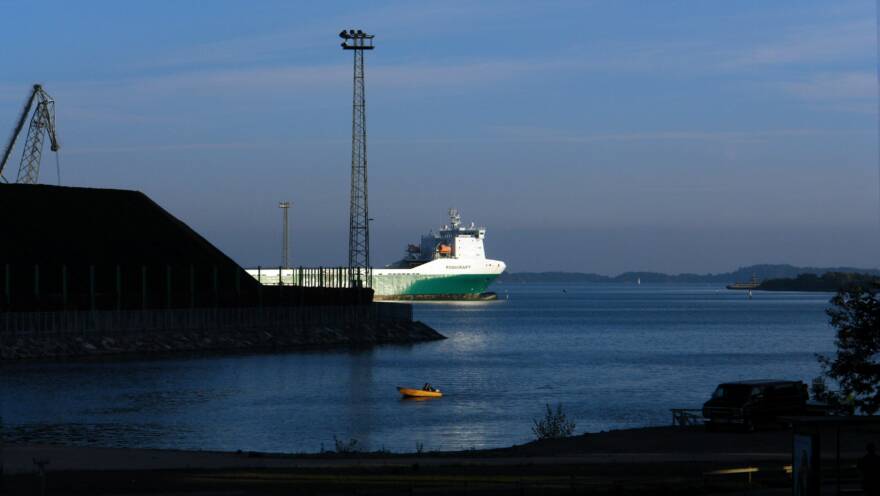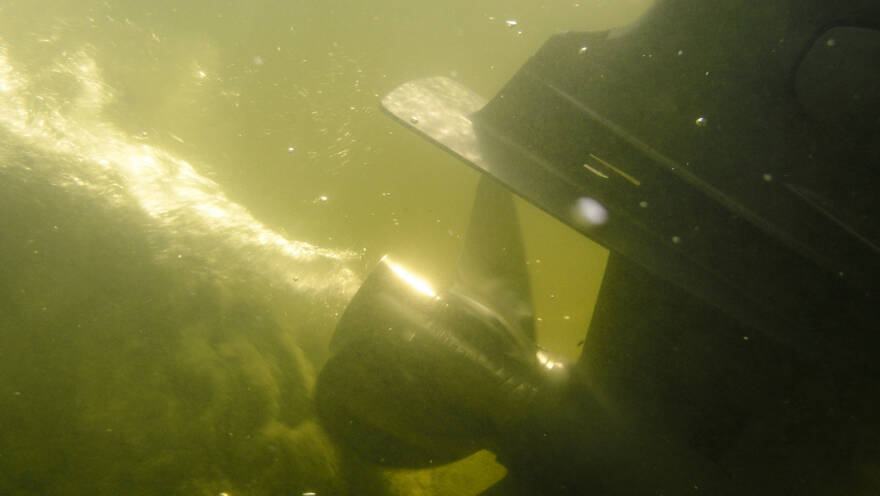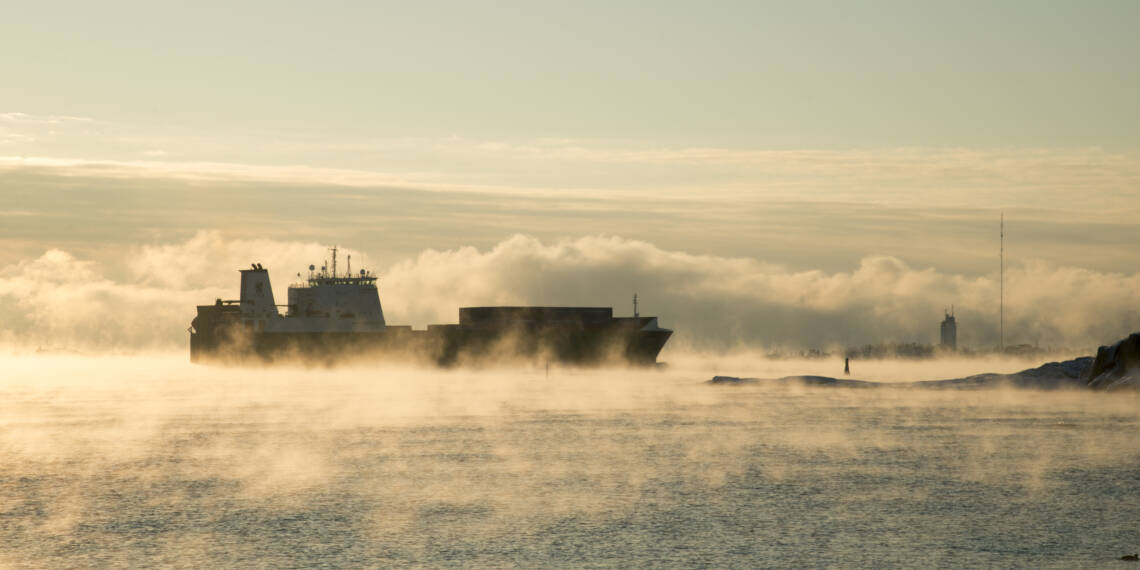
Underwater noise disturbs the Baltic Sea – monitoring data is accumulating
Even the depths of the Baltic Sea are no longer allowed to exist in solitude. Below the water surface, man-made noises echo everywhere. The issue of underwater noise is problematic because it does not disturb mankind itself. However, low-frequency noise has increased in the Gulf of Finland and the northern Baltic Sea, and it is harmful to many Baltic Sea species.
Noise can be extremely harmful to marine life.
Many marine organisms use sound in the same way terrestrial organisms use light. Excessive noise disrupts the communication of organisms, causes physiological harm, stress, and changes in gene function. Species important to the well-being of the Baltic Sea, such as blue mussels and herring, are very sensitive to low-frequency sounds. Sudden loud noise can shock aquatic animals, potentially even fatal.
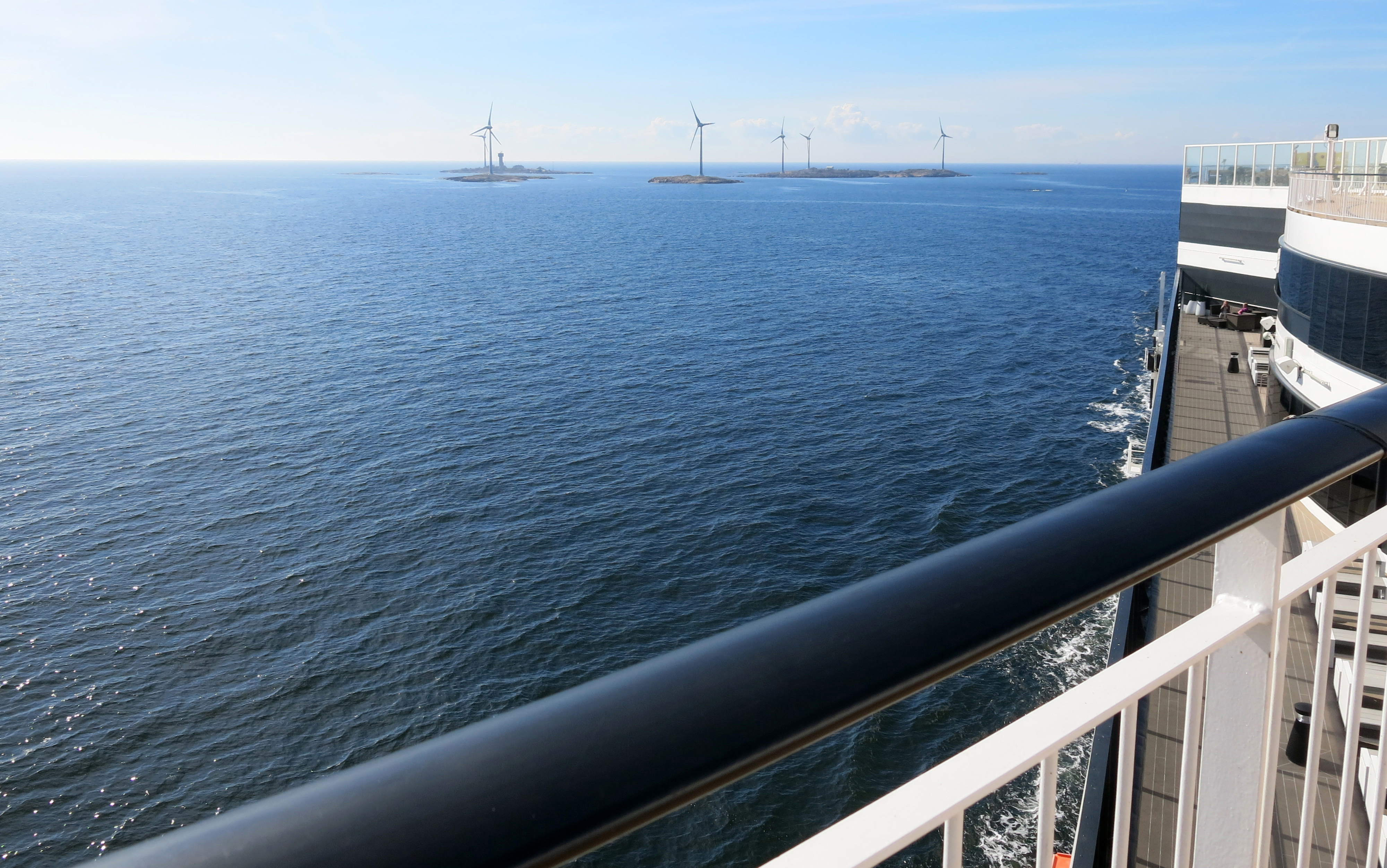
Noise occurs especially in shipping lanes and offshore wind farms
The most harmful low-frequency sounds for organisms are generated particularly by shipping, offshore wind farms, underwater construction work (piling and dredging), explosions, and sonar using low-frequency bands.
Maritime traffic and offshore wind energy production are significant sources of continuous underwater noise. This human-generated noise occurs on shipping routes, in offshore wind farms, and their vicinity. The intensity of noise from maritime traffic and wind farms depends on factors such as the volume of traffic, distance, types of sound sources, and sound insulation of noise sources.
Water carries sound efficiently: sound waves travel almost five times faster in water than in air. Even a small ship emit sounds that can carry ufive or even ten kilometres in calm weather. A large tanker may be detected using sound recording equipment up to a day before the ship itself appears!
Strong sound also occurs naturally. In nature, noise is generated by wind, waves, and thunderstorms.

The amount of noise varies at different frequencies
Animals perceive sounds at different frequencies. The higher the frequency, the higher the sound pitch. For example, the sound from ships is low-frequency.
The Baltic Sea noise map below shows the modelled underwater noise intensity across the entire Baltic Sea at different frequency bands. You can examine the differences by selecting the frequency band to be viewed below the map. In the map, areas depicted in green have low sound intensity, which increases from yellow to red.
The purple text links open measured sound pressure results from the Bothnian Bay, Tahkoluoto offshore wind farm, Rauma port, Northern Baltic Sea, Vekaransalmi lake area, off the coast of Helsinki, and Kotka Haapasaari area from 2017-2018. Observations from Tahkoluoto and Helsinki indicate the quality of sound produced by offshore wind farms and boat traffic.
